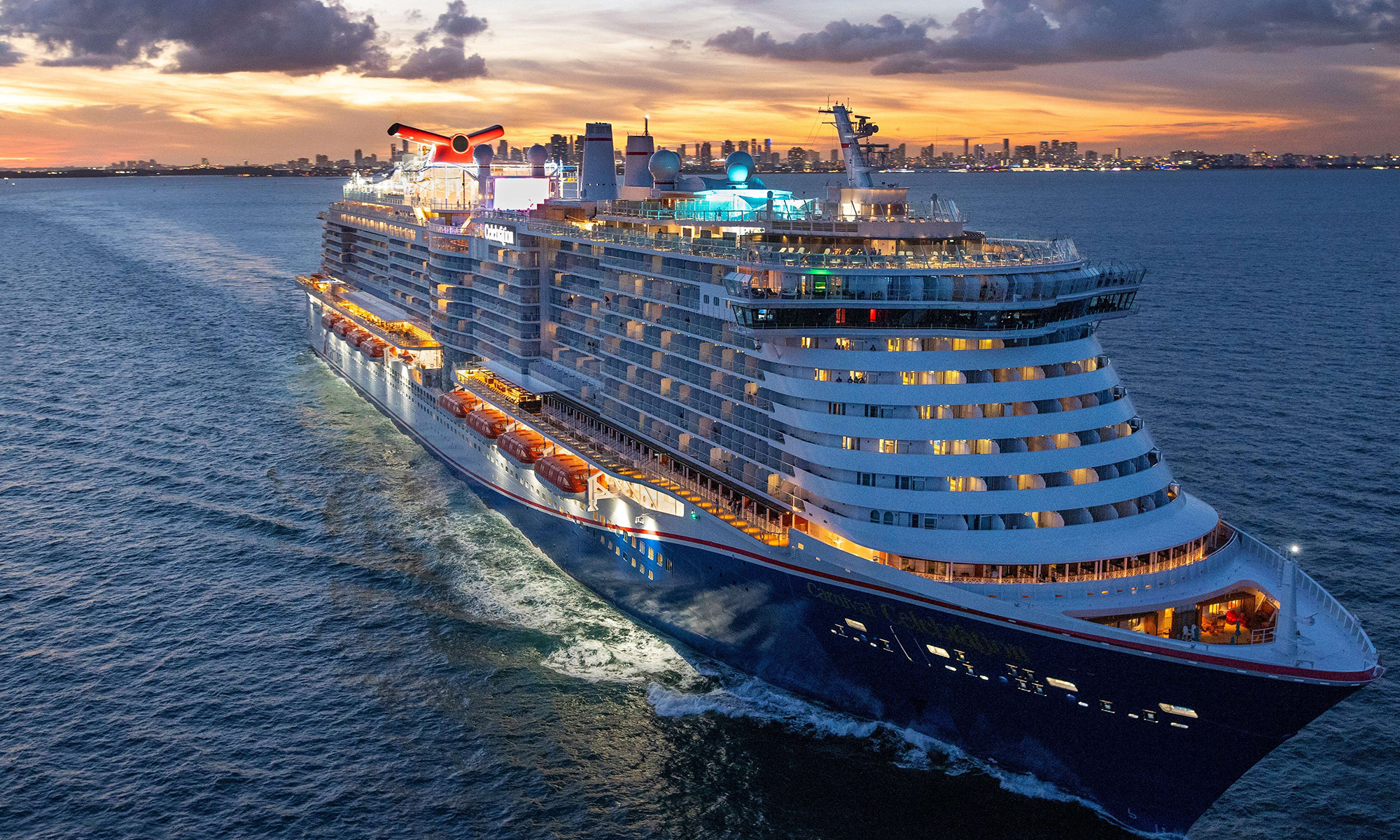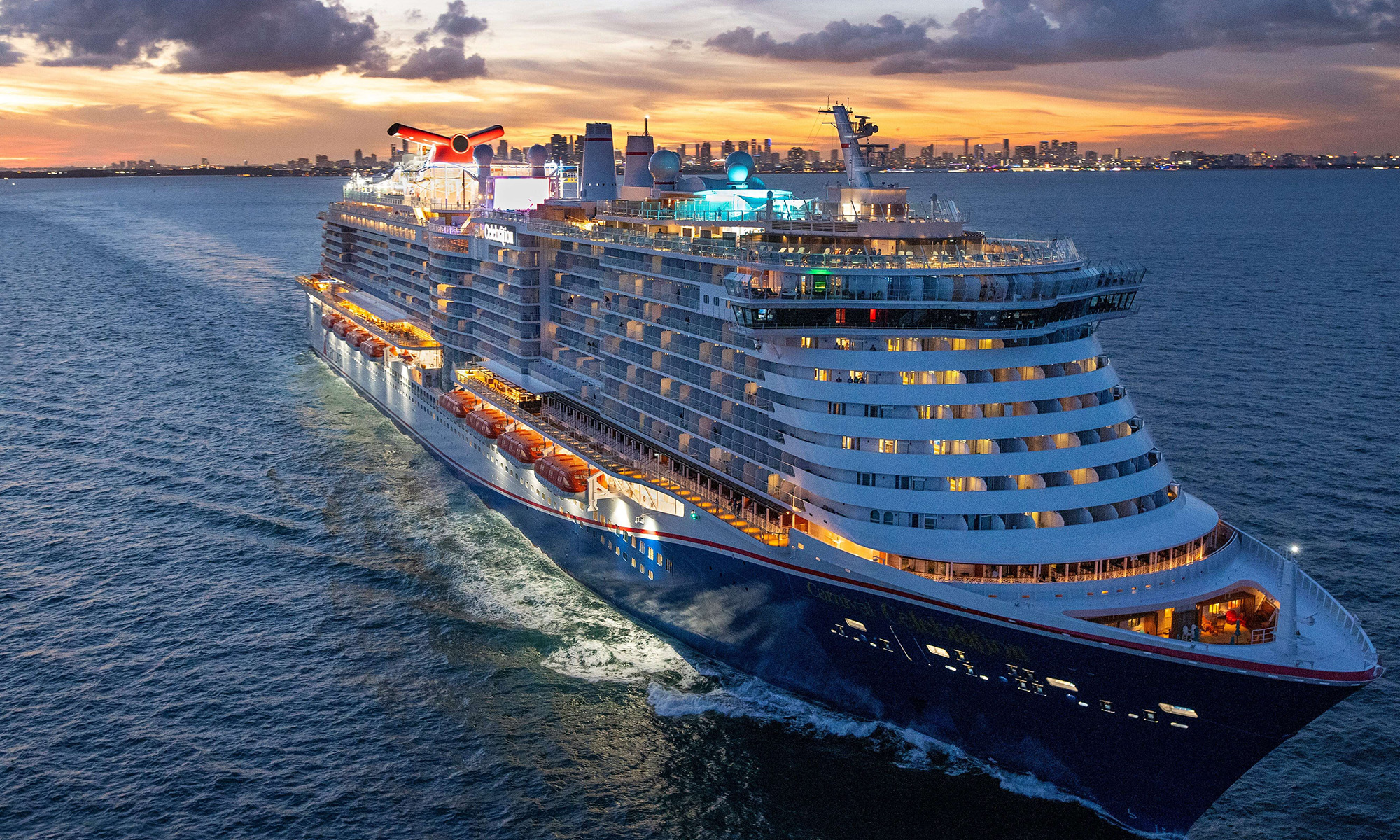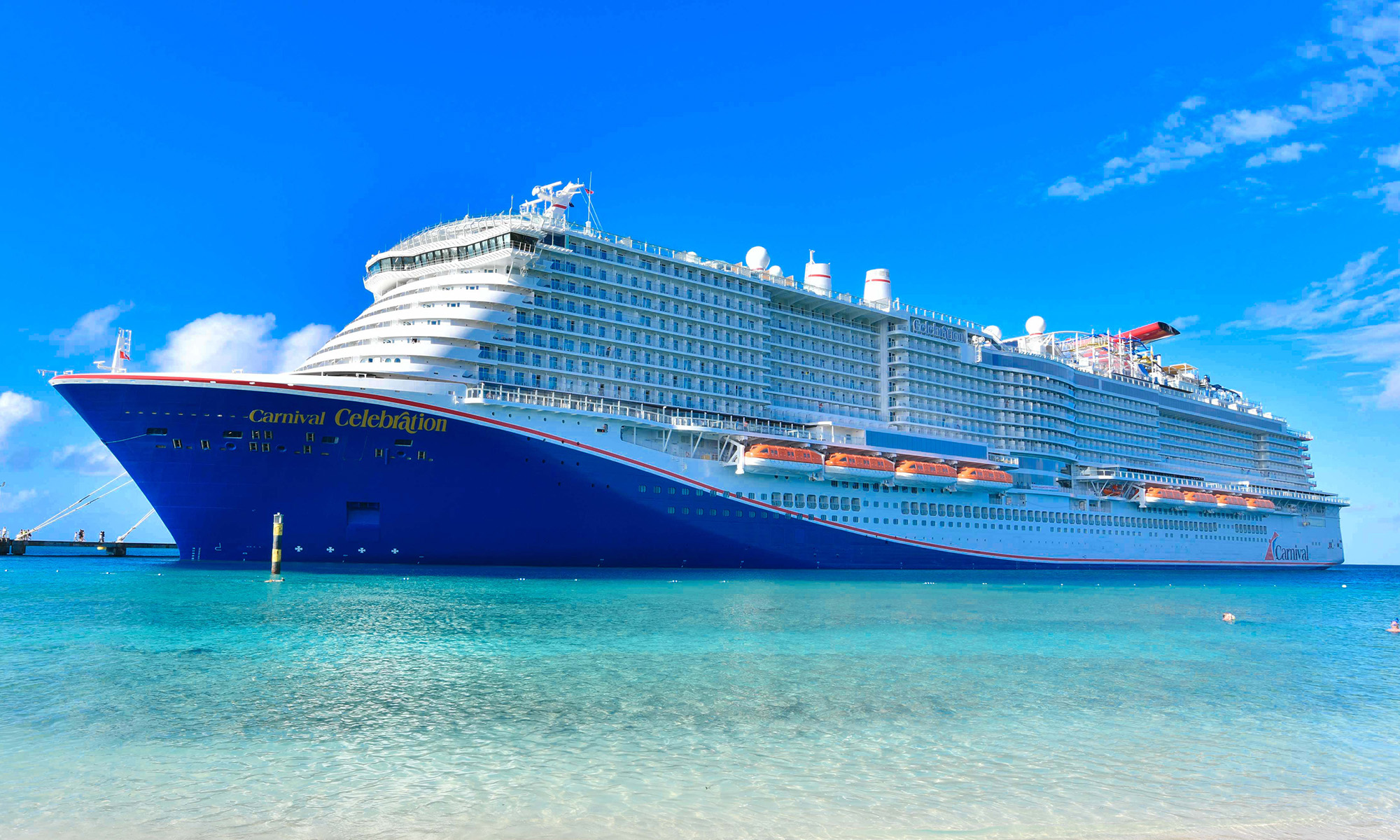What happened
Shares of Carnival (CCL 1.79%) fell 12.2% in March, according to data provided by S&P Global Market Intelligence, after the cruise ship operator cut fiscal second-quarter and full-year guidance on higher costs and currency exchange issues.
So what
Carnival had a good fiscal first quarter, reporting adjusted earnings of $0.49 per share and revenue of $4.7 billion that beat analyst expectations. But the market was more focused on the company's guidance for the rest of the year. Carnival said it expects second-quarter adjusted earnings per share between $0.56 and $0.60, short of the $0.72 analyst estimate.

Carnival is looking for smooth sailing. Image source: Carnival Corp.
For the full year, Carnival expects earnings of $4.35 to $4.55 per share. The company had previously guided for $4.50 to $4.80.
While energy costs and forex issues are weighing on the business, demand remains strong. Carnival said it expects constant-currency net cruise revenue to be up about 5.5% in fiscal 2019 on cumulative advanced bookings that are trending up year over year.
Now what
Carnival execs used their post-earnings conference call to talk through shifts in how the business operates that they say should lead to better results. The company hopes to use its refreshed fleet of modern, larger ships to generate growth from rising capacity as opposed to higher ticket prices and onboard spending.
The newer ships are also more fuel-efficient, and Carnival is also hedging fuel costs in an attempt to generate more stable returns over time.
There is still the potential for rough waters ahead, with economic headwinds in Europe already taking a toll and the threat of a broader global slowdown still out there. And there is only so much growth larger ships and added capacity can deliver. But Carnival's attempt to break free of price wars and fuel cost swings is admirable if management can successfully navigate the course.






